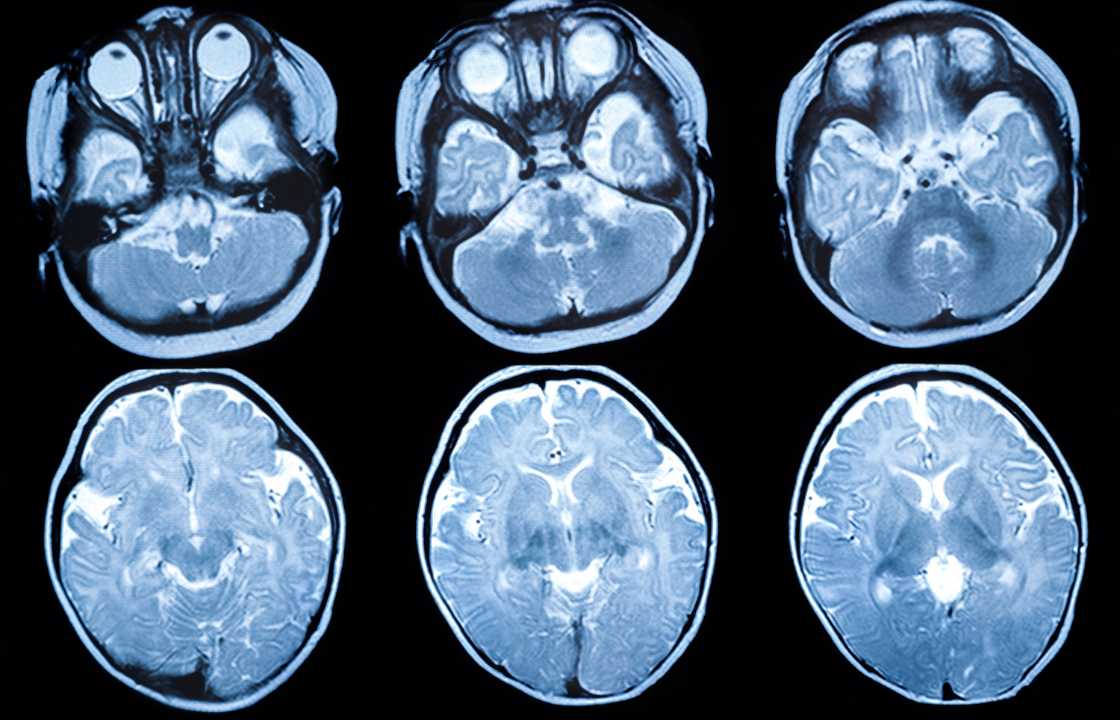Leukodystrophy is not a singular disease but rather a group of disorders that affect the central nervous system. Currently, experts have identified around 52 different forms of leukodystrophy, with ongoing research leading to the discovery of new variants. These disorders share the common feature of causing abnormal development or deterioration of the brain’s myelin sheath, the protective fatty substance that ensheathes the nerves in the brain. The myelin sheath is essential for the proper functioning of the nervous system. The unique characteristic of each leukodystrophy is how it impacts the myelin sheath, leading to a wide array of symptoms.
Diverse Symptoms of Leukodystrophy
Leukodystrophies exhibit a broad spectrum of symptoms, affecting various aspects of a person’s health and development. These symptoms can include:
1. Balance and Mobility Problems: Many individuals with leukodystrophy experience issues with balance and mobility, which can range from mild difficulties to severe impairments.
2. Behavioral and Learning Disabilities: Cognitive and emotional difficulties are common among those with leukodystrophy. Behavioral issues, learning disabilities, and intellectual challenges may arise.
3. Bladder Issues: Leukodystrophy can affect bladder control, leading to problems with urination.
4. Breathing Difficulties: Some individuals may experience respiratory problems, which can be particularly concerning.
5. Developmental Delays: Children with leukodystrophy often face developmental delays, impacting their physical and mental growth.
6. Hearing, Speech, and Vision Problems: Sensory functions, including hearing, speech, and vision, can be impaired.
7. Muscle Control Disorders: Conditions such as spasticity, muscle weakness, or paralysis may occur due to the destruction of the myelin sheath.
8. Seizures: Some forms of leukodystrophy are associated with seizures, which can vary in severity.
For instance, Canavan disease, a specific type of leukodystrophy, manifests with symptoms like reduced muscle tone, especially in the neck, and abnormally straight legs and flexed arms. This condition may also lead to blindness and seizures. Symptom onset varies widely, with some conditions showing signs in infancy while others may not appear until adulthood. Refsum Disease, for example, typically presents around age 20 but can manifest as late as age 50. Common symptoms include retinal degeneration, deafness, and loss of the sense of smell.
What makes leukodystrophy particularly challenging is its progressive nature. Even in cases where individuals initially appear healthy, their health gradually deteriorates in various aspects, such as vision, hearing, speech, eating abilities, behavior, or cognitive function. Due to the vast variability in symptoms, diagnosing leukodystrophy can be a complex and arduous process.
Understanding the Causes
Leukodystrophies are primarily genetic disorders, often inherited within families. The genetic mutations that cause leukodystrophy can be passed from parent to child. However, some forms of leukodystrophy may result from genetic mutations that are not inherited but occur spontaneously. In these cases, a child may have leukodystrophy even if neither parent carries the gene mutation. For example, Alexander disease is not typically genetically inherited.
For families affected by leukodystrophy, genetic counseling can provide valuable insights into the risks associated with having another child with the disorder. Genetic counselors can help families make informed decisions about family planning.
Challenges in Diagnosis
Diagnosing leukodystrophy can be a complex and multifaceted process, requiring various diagnostic approaches. Healthcare professionals may use the following methods for diagnosis:
1. Blood and Urine Analysis: These tests can help identify specific markers associated with leukodystrophy.
2. CT Scans: Computed tomography (CT) scans may reveal structural abnormalities in the brain.
3. Genetic Testing: Genetic tests are crucial for determining the specific gene mutations responsible for the disorder.
4. MRI Scans: Magnetic resonance imaging (MRI) provides detailed images of the brain, allowing for the detection of structural and functional abnormalities.
5. Psychological and Cognitive Tests: These assessments help evaluate cognitive and emotional functions, identifying intellectual challenges and behavioral issues.
Treatment Approaches
As of now, there is no cure for most forms of leukodystrophy. Treatment strategies primarily focus on addressing the symptoms associated with each specific subtype of the disorder. These approaches may include:
1. Medications: Medications are prescribed to alleviate symptoms and manage complications. For example, anti-spasticity drugs may be used to address muscle control disorders.
2. Therapies: Physical, occupational, and speech therapies are often recommended to help individuals with leukodystrophy maintain or improve their functional abilities.
3. Supportive Care: Supportive care encompasses various interventions, including nutritional support and learning assistance.
4. Bone Marrow Transplant: In some cases, a bone marrow transplant may be considered as a potential treatment. This procedure aims to slow or halt disease progression.
5. Research-Based Approaches: Scientists are actively researching innovative approaches to treat leukodystrophy. These include gene therapy and enzyme replacement therapy for specific forms of the disorder.
It’s important to recognize that treatment is highly individualized, tailored to each patient’s unique needs and the characteristics of their specific leukodystrophy subtype.
In conclusion, leukodystrophy is a complex and diverse group of rare disorders that significantly impact the central nervous system. These conditions are primarily characterized by the abnormal development or degeneration of the myelin sheath, the protective covering of nerve fibers. With over 52 known subtypes, leukodystrophy presents a myriad of symptoms, making accurate diagnosis and effective management a highly challenging endeavor for both healthcare professionals and affected individuals and their families. While it is disheartening that many forms of leukodystrophy currently lack a definitive cure, it’s important to highlight that ongoing and dedicated research in this field holds the promise of innovative treatment strategies and therapies, offering a ray of hope for those who are grappling with these conditions. This ongoing pursuit of knowledge and solutions provides a glimmer of optimism for improving the quality of life for affected individuals and their families and underscores the resilience of the scientific and medical communities in addressing these complex disorders.

